“Allez! Allez!” – Go! Go! Petra Klingler has heard her coach shout at her once or twice already this morning. She has reached that tricky spot again on the boulder wall. Klingler holds on to one of the grips with one hand, then pushes off with her legs. The elite climber pulls herself up and dangles there for a few seconds... then lets herself fall, breathing heavily. This time her pulse was racing. “It doesn’t always,” she says, laughing.
With the first Bouldering World Cup event of 2019 round the corner, the purpose of this morning’s training session at the Swiss Climbing national performance centre in Biel (canton of Berne) is all about getting into competition mode. But for Klingler this is just a staging post on the way to a much bigger goal: qualifying for the 2020 Olympics in Tokyo. Sport climbers will be competing for Olympic medals in Tokyo for the first-ever time (see additional text). The Swiss Alpine Club (SAC) Olympic Pool consists of five athletes. Petra Klingler, 27, is one of them. As the speed and lead climbing Swiss champion and the bouldering world champion, Klingler excels in the three disciplines that will feature in Tokyo.
Training on artificial walls
The SAC built its national performance centre in an old industrial building in Biel. A worn sofa and a side table stand in the corner. A coffee machine complements the extremely spartan setting. Training schedules are pinned up on the wall. The performance centre has all the charm of a student digs – a world away from rocks, wind and weather. The athletes train on climbing walls made of synthetic material. Outdoor rock climbing is not a priority at the moment. “Rock climbing will remain on the back burner during the next two years until the Olympics are over,” says Klingler.
For Switzerland – the country of mountains – the Olympic moment of truth will be played out not on a rock face but on an artificial wall. Although this reflects the evolution of the sport in Switzerland as well. Until the 1990s, climbing was purely an outdoor pastime. In 1993, Switzerland’s first-ever indoor climbing centre opened in Niederwangen (canton of Berne). Hanspeter Sigrist and his wife Gabriele Madlener Sigrist currently manage the facility. Sigrist is also the SAC’s performance director for climbing. “Everyone thought we were crazy when we said we were planning to build a climbing wall,” he says. Alpinists, most of them male, could not yet imagine themselves climbing on an indoor wall. There are now over 50 indoor climbing centres in Switzerland, while countless schools have at least one climbing wall in their gymnasium. The country’s biggest facility in Uster (canton of Zurich) has welcomed ever-increasing numbers of visitors since opening in 2014. “If you want to take up climbing nowadays, you normally go to an indoor centre,” says Martin Baumeler of Griffig, the cooperative that runs the climbing centre in Uster. Two thirds of people who start indoors will also climb outdoors later, although a third will continue just using climbing walls, he adds.
Female and ultra-hip
According to Hanspeter Sigrist, women are one of the factors behind the boom in indoor climbing. “Women climbers weren’t taken that seriously for a long time. The lead climber in a rope team was always the man – the roles were clear.” Indoor centres have given women the type of independent access that they previously would not have enjoyed. Today, women account for around half of all people who climb indoors. And those who practise the sport – men and women (and children and teenagers) – no longer just belong to the alpinist fraternity. Sigrist believes that indoor climbing has become an ultra-hip mass-participation sport. Basically, it is the modern, sophisticated version of climbing in its original form.
The trend of “away from the mountains and into the city” seems to have boosted the sport. But there is at least one other factor contributing to the rising popularity of indoor climbing: safety. For example, in bouldering – a form of climbing without any ropes or harnesses – thick mats are used to cushion falls. Indoors it is a world away from the wild, risky unpredictability of climbing in the Alps. If something untoward happens, the climbing centre operator will in many cases be liable, hence the people who run such facilities are acutely aware of the need to minimise risks.
Overused rock faces
However, the flourishing indoor scene has implications elsewhere. “People who suddenly want to climb outdoors expect the same high level of safety that they enjoyed indoors, so they transplant their ‘all-risks-insured’ mindset to the mountains,” says Tim Marklowski, mountaineering project leader at the alpine protection organisation Mountain Wilderness. As Marklowski explains, it means that in various climbing areas around Switzerland, including the high Alps, many routes are dotted with permanent bolts to secure belays, whereas easily accessible unmarked routes are now few and far between. The bolts allow everyone to climb safely. Such routes are very popular. He points out that the resulting rock erosion is dramatic in some cases. This “human encroachment into the Alps”, as he calls it, means that we lose something along the way. “We no longer enjoy nature in its original state, or the pleasure of making decisions for ourselves.” Mountain Wilderness is therefore working to preserve bolt-free routes that “allow you to take charge” and experience a purer form of climbing. Marklowski says: “There are climbing areas in the UK, the USA and Italy where bolts are still a no-no.”
Greater recognition for the elite
The sport’s burgeoning reputation is changing the way we view the athletes at the top. For example, elite climber Petra Klingler is no longer the complete unknown that she used to be. She was crowned Bouldering World Champion in 2016 in front of a crowd of 10,000 in Paris. This world title as well as the inclusion of sport climbing in the Olympic programme have helped the 27-year-old to attract new sponsors. “I can now make a modest living from climbing – but not enough to feed a family,” says Klingler, who finished her degree in psychology and sports science last year. Nevertheless, Klingler is inclined to think that the sport has not yet reached its full “monetary potential”.
This may well change after Tokyo 2020. At any rate, Switzerland’s National Olympic Committee (NOC), Swiss Olympic, believes that sport climbing is a particularly good fit for Switzerland on account of its varied nature. “Sport climbing connects the alpine with the urban,” says Swiss Olympic media officer Alexander Wäfler. The NOC hopes that Tokyo 2020 “will ignite this spark and get lots of people interested”.
Olympic climbing
A total of 20 female athletes and 20 male athletes will take part in the first-ever Olympic sport climbing competition at Tokyo 2020. They will have qualified for the event primarily on the basis of their performance at international meetings. The competition in Tokyo will consist of three disciplines:
• Lead climbing – climbing as high as possible using a rope and harness
• Speed climbing – scaling the wall as fast as possible on a safety rope
• Bouldering – climbing without a rope on a low-level wall
Only the best athletes in all three disciplines have the chance of a medal.
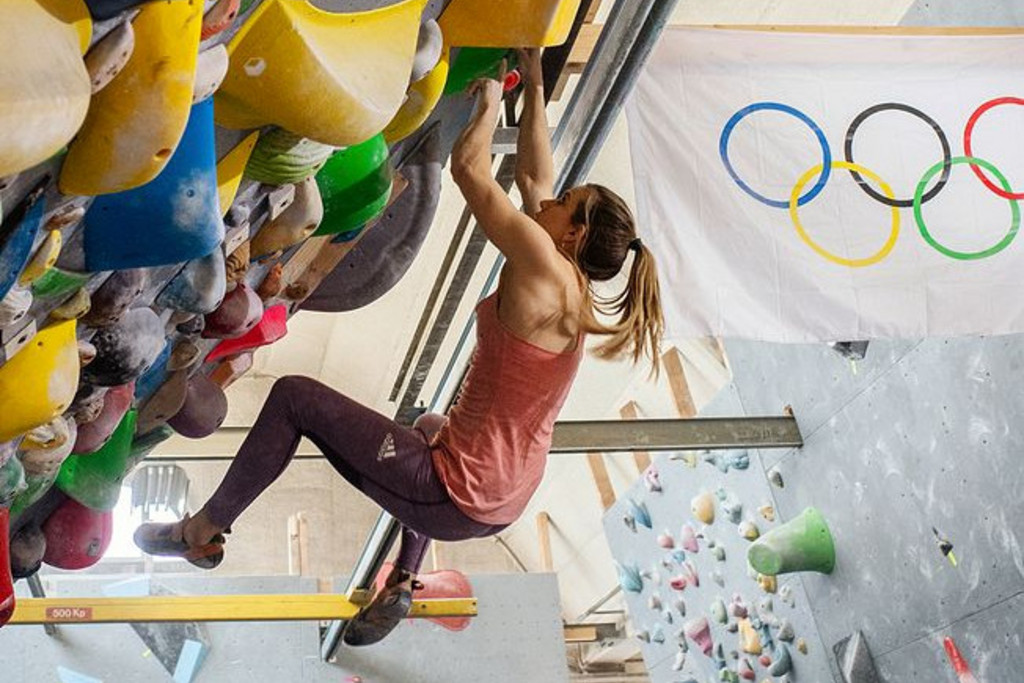
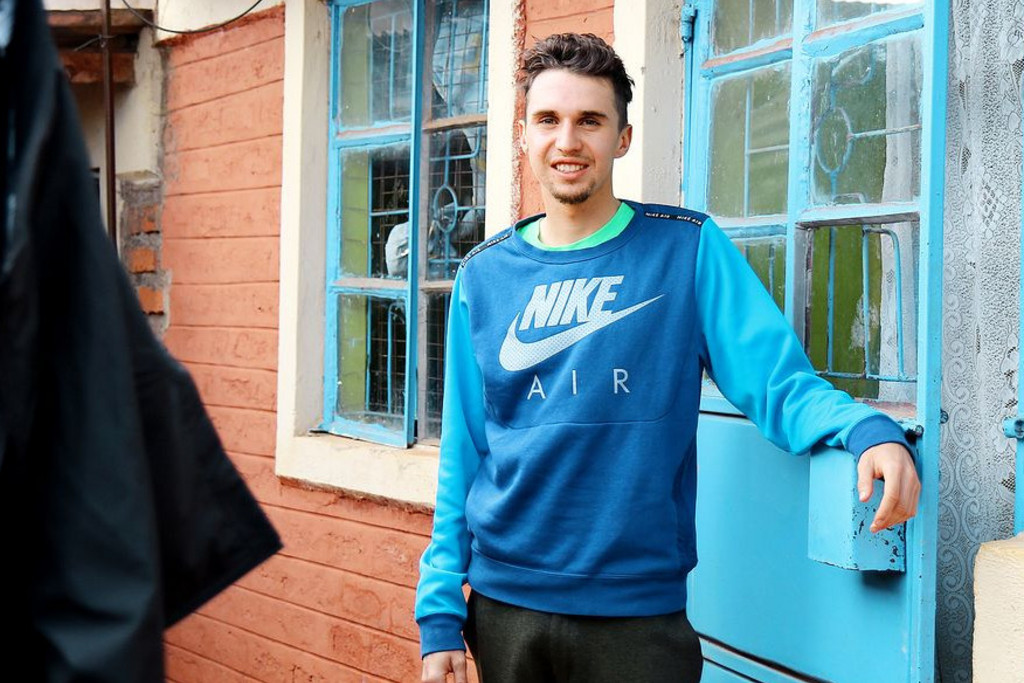

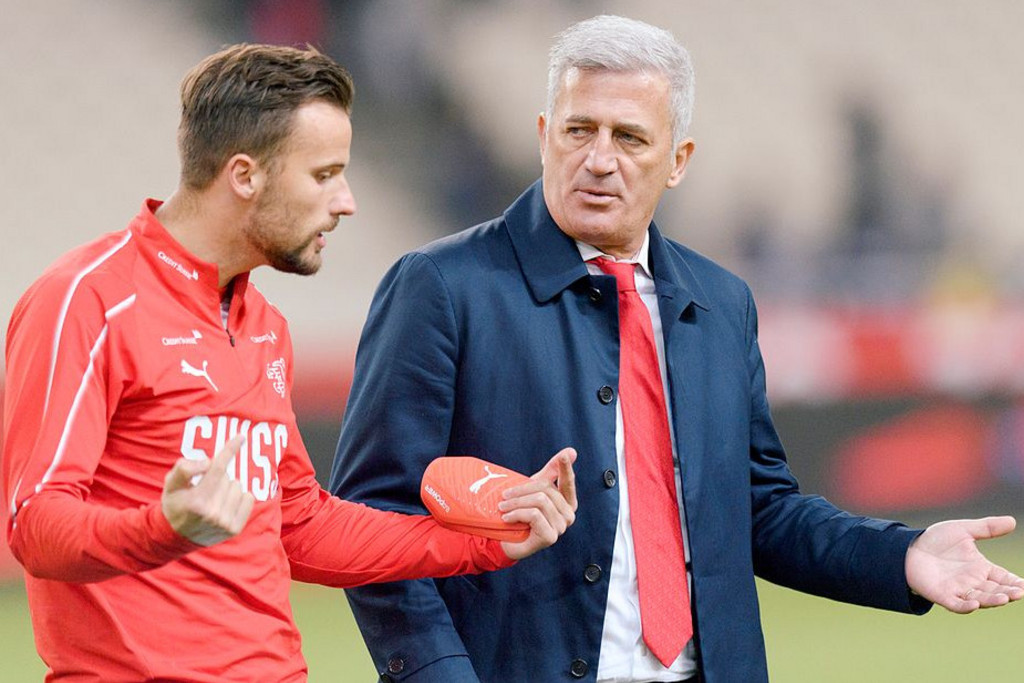
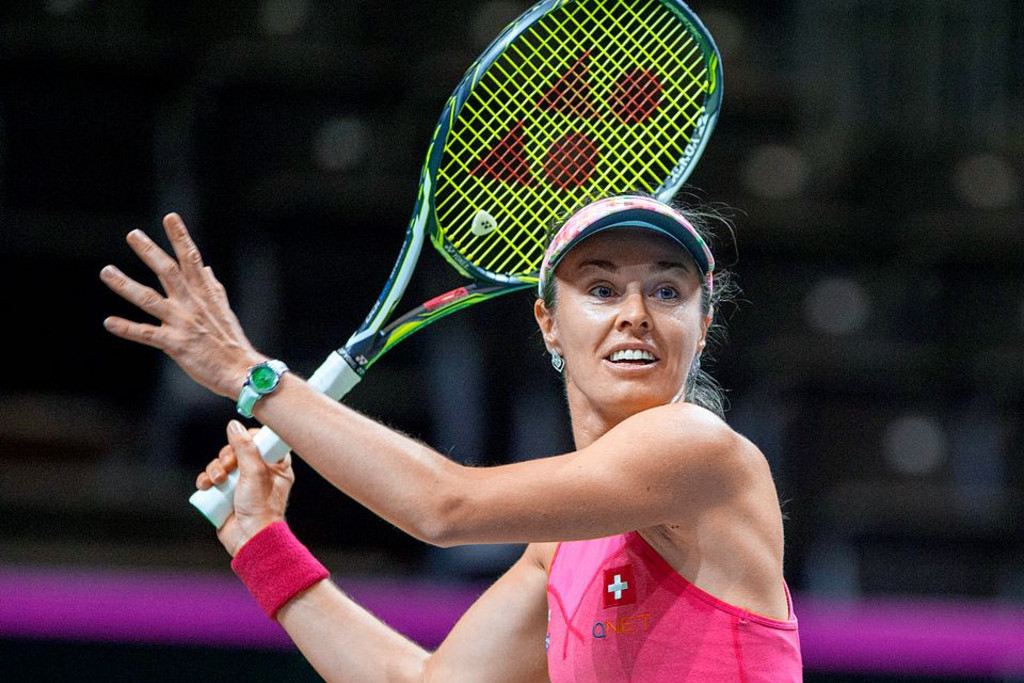
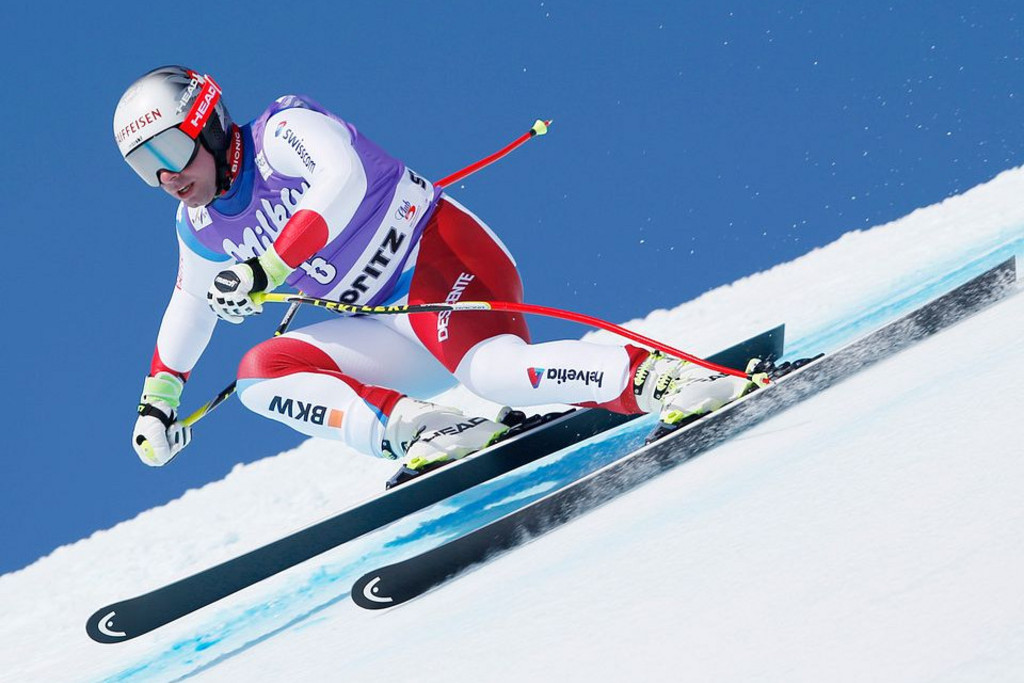
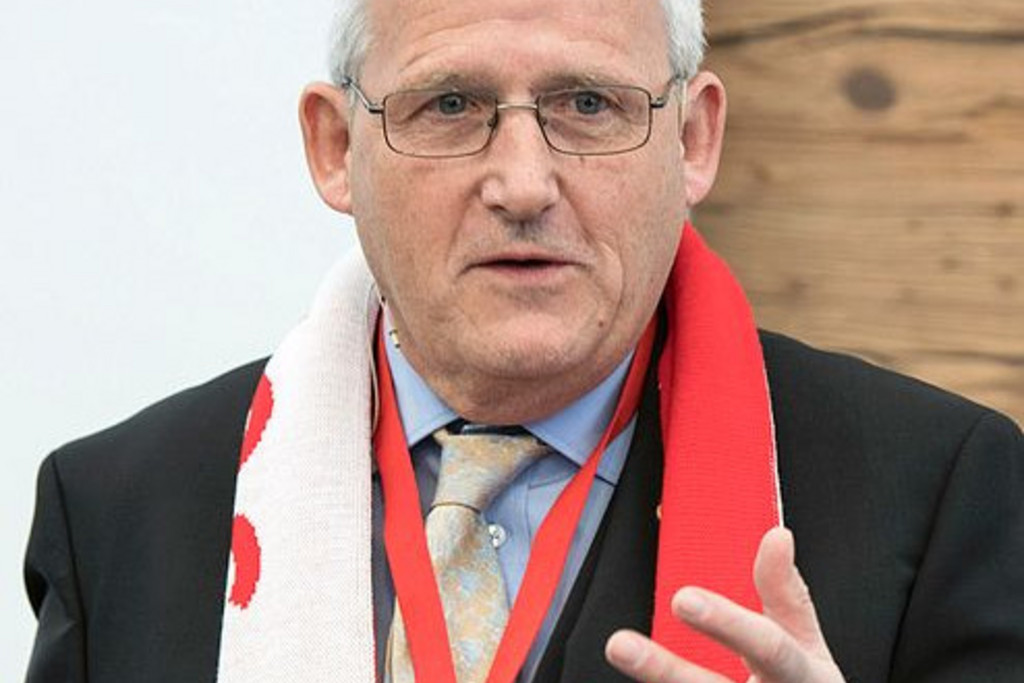




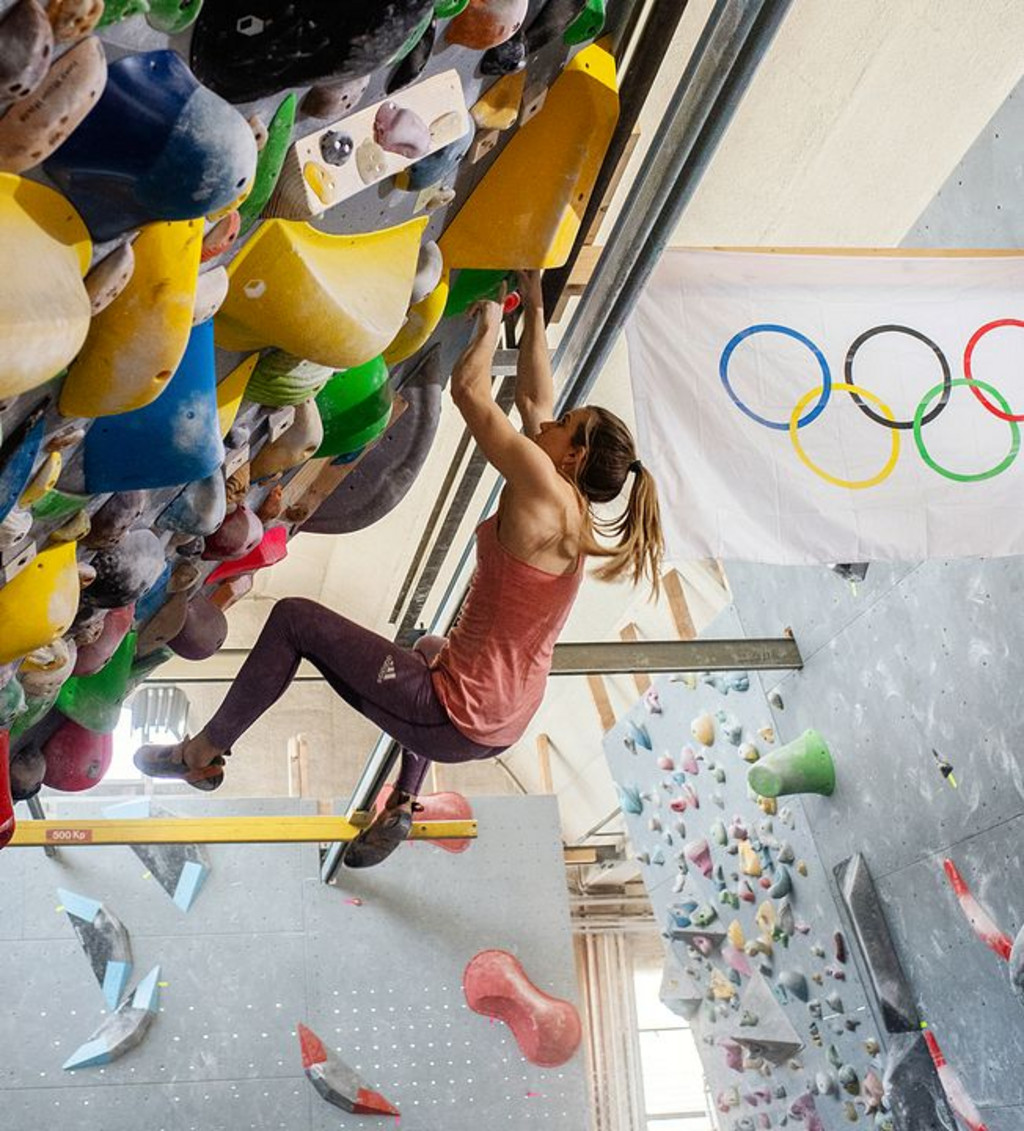
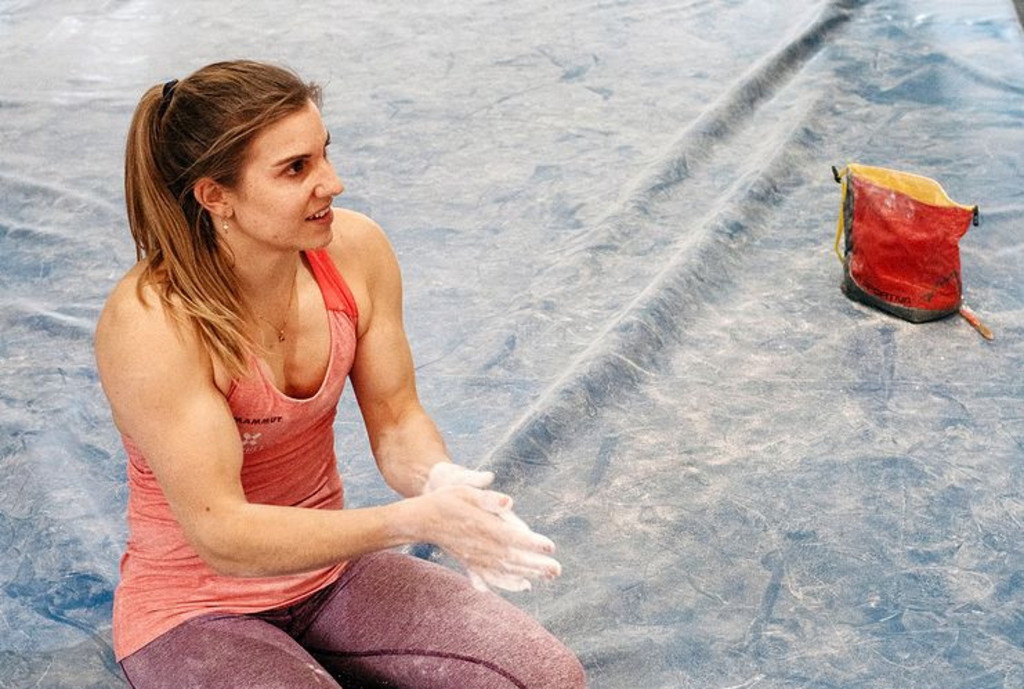
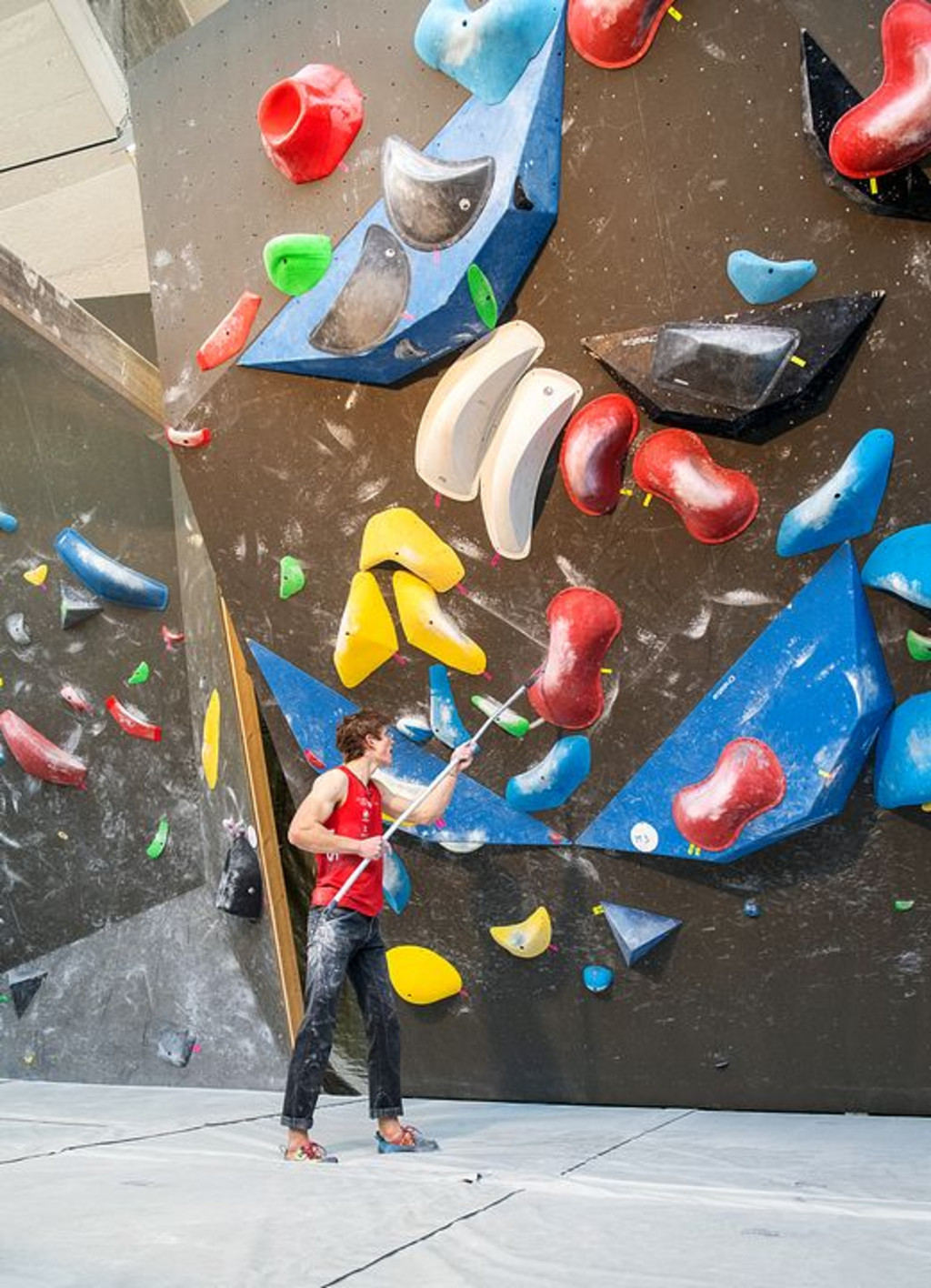
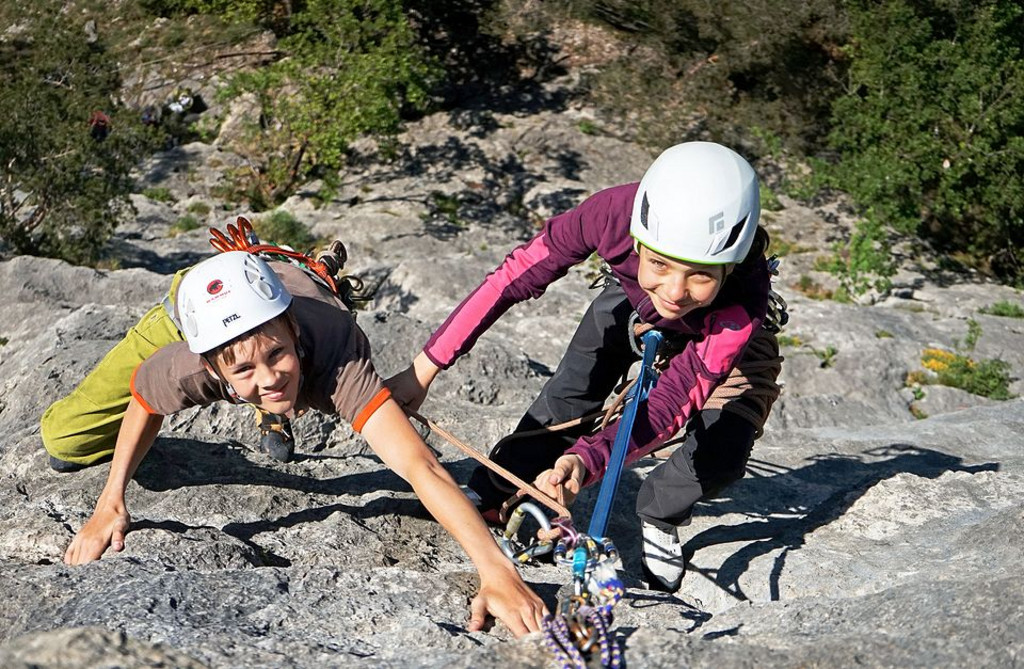
Comments
Comments :